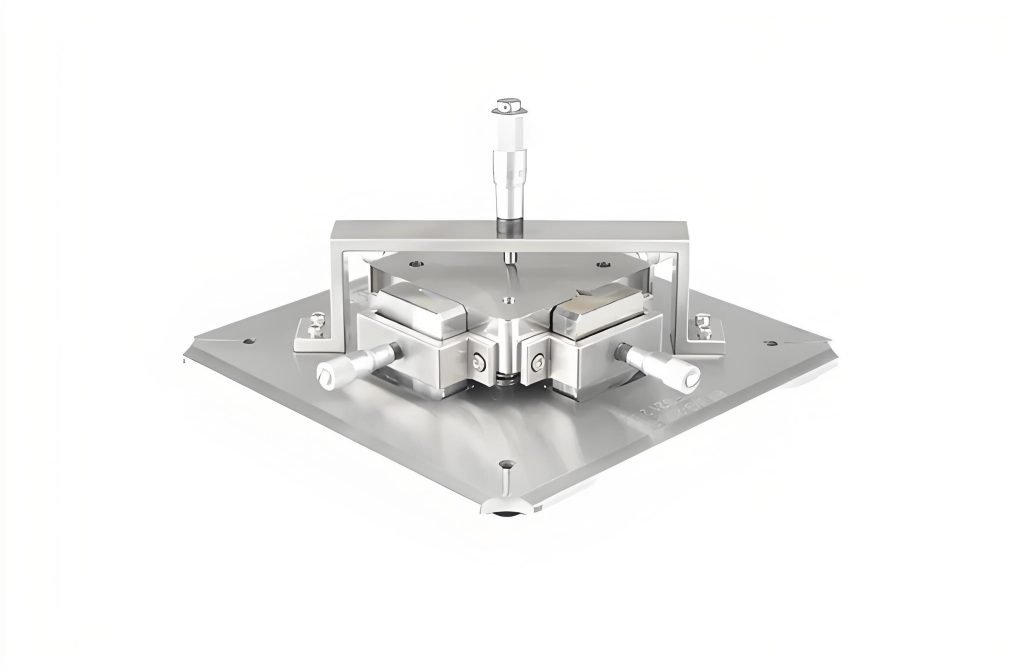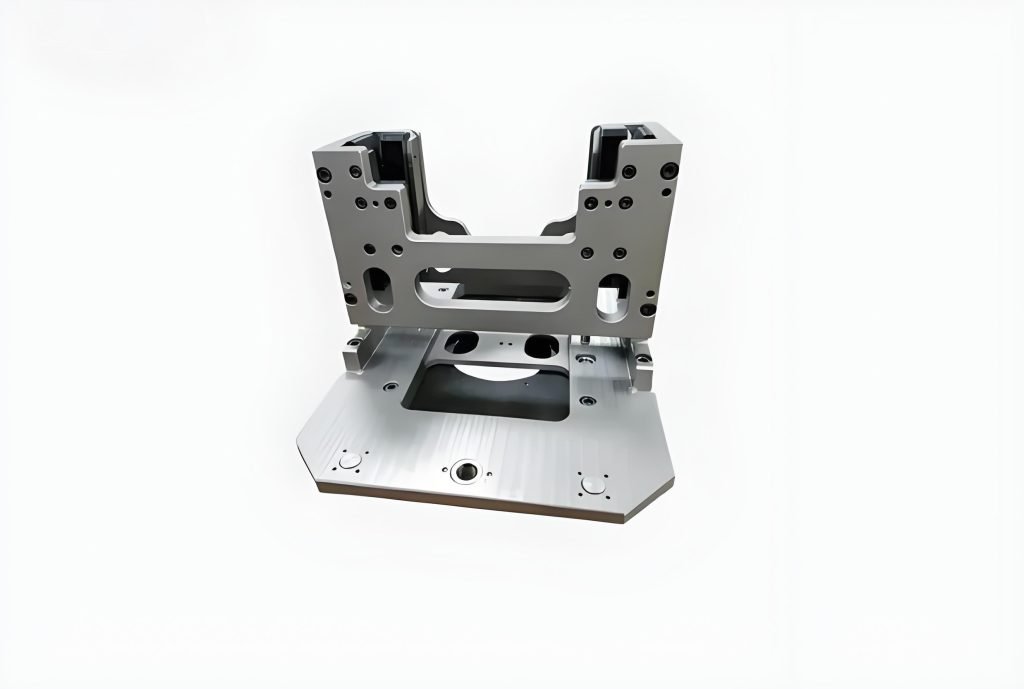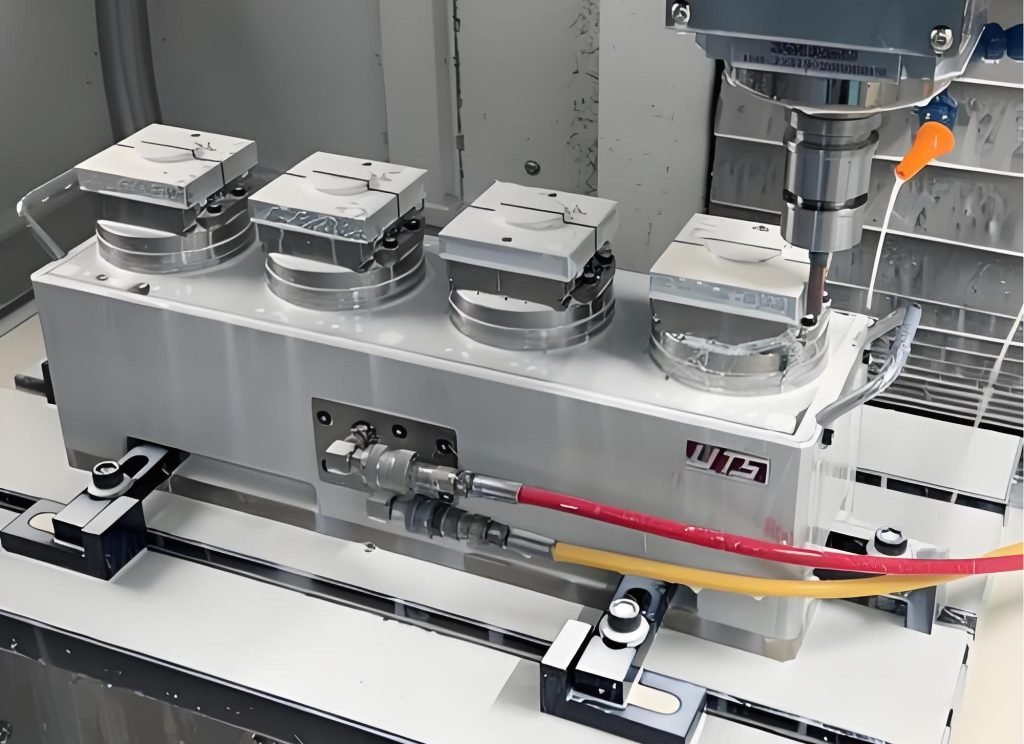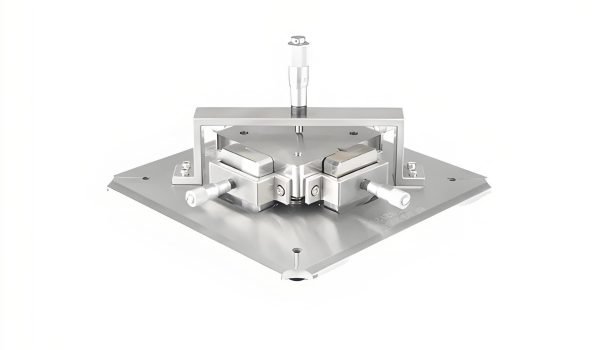In the manufacturing world, precision and efficiency are everything. Every company is trying to make parts as fast and consistently as possible while maintaining quality. This is where jigs and fixtures come into play. They are vital components of the workshop. Both of them are vital in making sure every product created is made to a specific specification quickly. Jig and fixture tooling decreases errors, reduces time, and helps save money in the end.
This article will provide the main difference between jig and fixture. You will learn the purpose of them, how they create value for manufacturing operations, and when you should use a jig or fixture for the best results.
What Is a Jig?

A jig is a specific type of tool made to give guidance to the cutting tool (drill bit, reamer, or tap) to a precise location on the workpiece. If you want to drill a hole to the exact same spot on hundreds of identical parts, you can accomplish this with a jig. The jig holds the workpiece and positions the cutting tool to make a precise hole. It eliminates operator error and makes repetitive tasks easier and more reliable.
Jigs are commonly used in operations like:
- Drilling: To guide drill bits for accurate hole placement.
- Tapping: To ensure threads are cut precisely.
- Reaming: To enlarge and smooth existing holes to exact dimensions.
Types of Jigs
Jigs come in various forms, each suited for different applications:
- Template Jigs: These are the simplest types. A template jig overlaps or is built into the workpiece so that the tool is guided by the jig. Then you must follow the holes, or outlines on the template, to create duplicate parts.
- Angle-Plate Jigs: If you need the ability to drill at an angle, then angle-plate jigs are an excellent choice for their stability and guides to help keep the operation at the angle.
- Plate Jigs: A plate jig is an upgraded template jig because they have clamps to hold the workpiece in place tightly, providing stability for complicated operations.
- Leaf Jigs: Leaf jigs, shaped like a leaf, can be opened and closed to allow a rapid loading or unloading of parts for efficiency in high-volume processes.
What Is a Fixture?

A fixture is unlike a jig, which utilizes no means of guidance for the tool. A fixture is a device that holds a workpiece securely in an exact location and orientation during a machining operation. You can view a fixture as a unique type of vise that holds your part exactly where it is meant to be while it is being cut, welded, or assembled. Fixtures are all about holding parts repeatably in the same spot every time so that when the first part is made, the other parts will perform the same way. They do not determine the cutting tool path; they only make sure the workpiece is positioned precisely where tools can progress.
Types of Fixtures
Fixtures are incredibly versatile and can be categorized in several ways:
Fixture Tools Based on the CNC Machining Operation
| Fixture Type | Purpose | Key Feature |
| Turning | Holds parts for turning on lathes. | Ensures rotational stability. |
| Milling | Secures parts for milling. | Handles multi-axis cuts. |
| Drilling | Clamps workpieces for drilling. | Prevents movement. |
| Boring | Holds parts for hole enlargement. | Maintains hole accuracy. |
| Grinding | Secures parts for precise finishing. | Minimizes vibration for fine tolerances. |
Fixture Tools Based on Their Uses
| Fixture Type | Purpose | Key Advantage |
| Universal | Adapts to various parts/operations. | Cost-effective, and flexible for small batches. |
| Special | For one specific task/part. | Maximizes precision and speed in mass production. |
| Assembled | Built from standard components. | Customizable without a full redesign. |
| Modular | Uses interchangeable modules. | Saves time for frequent part changes. |
| Combination | Merges features of multiple types. | Handles complex, multi-operation parts. |
Fixture Tools Based on Their Power Source
| Fixture Type | Operation Method | Key Benefits | Best For |
| Manual | Hand-operated clamps, screws, and levers. | Low cost, simple, no external power. | Low-volume production, prototyping. |
| Pneumatic | Powered by compressed air. | Fast, consistent clamping force, automatable. | High-speed production, medium-duty. |
| Hydraulic | Uses hydraulic fluid pressure. | Extremely high clamping force, precise control. | Heavy-duty machining, high-precision. |
| Electric | Electric motors or solenoids. | Programmable, energy-efficient, smart system integration. | Automated CNC, robotics. |
| Magnetic | Electromagnets or permanent magnets. | No physical obstruction, quick setup, gentle. | Thin/fragile ferromagnetic materials. |
| Vacuum | Uses vacuum suction. | No marks, ideal for flat surfaces, uniform pressure. | Non-porous sheets (plastics, composites). |
Jigs vs. Fixtures: Differences Explained
Jigs and fixtures are both key parts of precision manufacturing, but they do different jobs. Knowing the difference between a jig and fixture will help you use the best tool for your purposes.
Purpose
The fundamental difference lies in their primary goal. Jigs guide the cutting tool to ensure precise placement and repeatability of operations like drilling or tapping. They literally show the tool where to go. Fixtures are different and will hold the workpiece in a fixed position as well as in the correct orientation, thereby preventing movement during the machining process.
Main Function
The jig’s functionality is to provide guidance to the cutter to work at a specific location on a workpiece. It ensures the work takes place in the exact intended place. The fixture’s role is to secure, support, and locate the workpiece. It guarantees that the part is held rigidly and consistently so that the machine tool can operate without the fixture.
Operation
Jigs are generally of light construction and can usually be moved easily. This makes it easy to change the position from one workpiece to another or to switch to another machine. Fixtures tend to be most rigid and are typically fixed securely to the machine table. Their designs ensure positional stability and rigidity under significant cutting forces, and also a consistent position of the workpiece in the machining cycle.
Complexity
In general, jigs are easier to operate than fixtures. After the jig is set up, the operator simply follows the guidance of the jig. Fixtures may be complicated and require skill to set up and operate correctly. They need to be matched up with the machine and the workpiece to ensure accuracy with the work performed.
Application
Jigs are primarily designed for single-axis operations like drilling, reaming, boring, or tapping where the tool must precisely move down an axis or to a point. Fixtures tend to be used for multi-axis operations such as milling or turning, and multi-surface operations like slotting and shaping. The workpiece is fixed, and the tool has freedom of movement across all axes while performing multi-axis cuts on the workpiece.
Whether Fitted to the Machine
Jigs can be a handheld item or fixed to the machine based on the nature of the task and the size of the workpiece. For smaller, repetitive tasks, a handheld jig may be adequate. For larger operations, it can be clamped on a machine. Fixtures almost always require clamping in place, and other accessories must be fitted to the machine table. Thereby, they are rigidly involved in the machining setup for consistent work.
Design
The design of a jig is often more complicated in construction because it has to consider tool guidance elements. This will include bushings, drill plates, or other features that will dictate the tool’s path. Fixtures are often simpler in their core design but need to be extremely durable and rigid. Their complexity comes from the need to securely grip the workpiece without damaging it and to withstand substantial forces.
Whether They Come in Contact with the Tool
Fixtures do not need to come into direct contact with the machine tool itself. Their role is solely to hold the workpiece. Jigs, however, must make direct contact with the tool (e.g., a drill bit passing through a bushing in the jig) to precisely set its angle, position, and depth.
Jigs vs. Fixtures: Key Differences
| Feature | Jigs | Fixtures |
| Purpose | Guides the cutting tool for precise positioning and repeatability. | Holds the workpiece steady and correctly oriented during machining. |
| Main Function | Directs the tool to a specific location on the workpiece. | Secures, supports, and locates the workpiece firmly. |
| Operation | Often lightweight and portable, easy to reposition. | Typically robust, securely attached to the machine table. |
| Application | Best for one-dimensional operations (e.g., drilling, tapping). | Ideal for multi-dimensional operations (e.g., milling, turning). |
| Weight | Generally lighter, focuses on tool guidance. | Heavier, designed to withstand significant cutting forces. |
| Machine Contact | Makes direct contact with the tool (e.g., drill bit). | Does not directly contact the machine tool. |
| Design | Complex, incorporating precise tool guiding elements. | Simpler core design, but built for extreme durability and rigidity. |
Advantages of Using Jigs and Fixtures
The advantages of jigs and fixtures to the manufacturing processes will provide you with many different benefits with a direct impact on the bottom line and the quality of your product.
Improved Productivity and Efficiency
Jigs and fixtures will reduce setup time considerably because they provide predetermined positions and guides. Each workpiece takes less time to measure and align. They also reduce the time it takes to process parts because operators can quickly load and unload the workpiece, and they can achieve higher output per hour.
Cost Reduction
By reducing errors and waste, jigs and fixtures will directly lower costs in your overall manufacturing process. When parts are manufactured to specification, you will eliminate unnecessary rework, qnd scrap material, and avoid purchasing extra material. Working with jigs and fixtures means a demand for less skilled labor because the tools can do the precision work, and thus it’s easier to lower training costs and potential human error.
Enhanced Quality
One of the most important benefits of jigs and fixture designs is that they will provide consistent and accurate results. By removing human error in the positioning and guiding, jigs and fixtures guarantee that every part will be the same and produced within tight tolerances. The overall result will be a better quality final product and improved customer satisfaction.
Safety
Jigs and fixtures can lower the risk of accidents happening while holding workpieces in place during machining operations. They will prevent the workpiece from shifting or flying off, keeping operators away from potential injuries and giving them a safer place to work.
Complex Part Manufacturing
Jigs and fixtures have the ability to manufacture intricate and heavy parts that would be difficult to machine freehand. They provide support and precision to perform complex operations, allowing you to take on more complicated jobs and expand your manufacturing capabilities.
Applications of Jig and Fixture

Jigs and fixtures are used in many industries, each for specific types of operations.
Jigs are best applied to one-dimensional operations and give precise guidance to the tools. For example, tool operations, like drilling, tapping, counterboring, and reaming, all require the tool to land on a specific point or travel in a single axis. Jigs provide precise results with the tool exactly where it needs to be.
Fixtures apply best to multidimensional operations. They hold the workpiece so the tool can move across multiple axes to perform complex cuts. Operations, like milling, turning, and slotting, require tremendous stability in the workpiece for complex machining to occur.
Jigs and fixtures are both used in almost every manufacturing sector. They are important parts of the automotive sector (engine blocks), aerospace (high precision aircraft parts), medical industry (surgical instruments), and general manufacturing for the production of many different consumer goods and industrial equipment.
Jig And Fixture Design Considerations
Designing jigs and fixtures is a thoroughly planned-out process. In the initial preparation, you should analyze the component, reviewing its size, tolerances, and machining operations. Figure out how to position and best hold it down without distorting it, while considering whether a multi-purpose design is feasible.
The materials you use will be important. You should consider requirements for strength and durability. Always prioritize force and safety, ensuring the design can handle cutting forces without vibration or losing grip, and incorporate safety features. Implement efficient clamping mechanisms for quick loading and unloading, and ensure ample tool clearance.
Finally, consider tolerance flexibility to accommodate slight variations in raw materials. An optimal design balances cost and efficiency with precision and functionality, ensuring your jig or fixture improves production and product quality.
Fecision’s Role in Jig and Fixture Solutions
Fecision appreciates the essential role played by precision tools in modern manufacturing. As a leading CNC machining service provider, we offer numerous advanced capabilities related to precision jig and fixture. We have earned quality certifications, such as the ISO 9001:2015 and IATF 16949:2016, which show you the level of quality that you can identify with.
Fecision can help you optimize your manufacturing processes in the following manner:
✔ Custom Jig/Fixture Design – Perfect fit for your parts
✔ Precision CNC Machining – ±0.0001 inches precision tolerances guaranteed
✔ Fast Delivery – Meet tight deadlines
✔ Material Optimization – Right materials for a longer lifespan
✔ Free DFM Analysis – Save costs upfront
Need high-quality jig and fixture tooling? Contact Fecision today!




